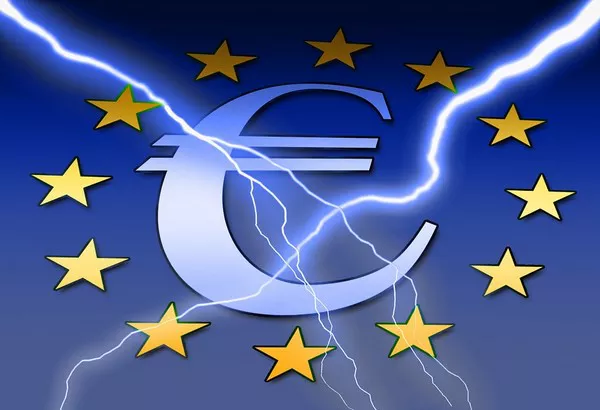The euro/dollar continued to trade sideways in Asia on Tuesday, falling below the highest level since September 13 hit the day before. However, EUR/USD is still able to hold above the 1.0700 mark and continues to be affected by USD fluctuations.
The U.S. dollar index (DXY), which tracks the greenback against a basket of currencies, rebounded from a near eight-week low overnight, becoming a key factor affecting the euro/dollar trend. Federal Reserve (FED) officials signaled uncertainty about the path to future interest rate hikes, which in turn led to a strong rise in U.S. bond yields on Monday and triggered some short covering in the U.S. dollar.
Federal Reserve Governor Lisa Cook noted that the central bank’s current target interest rate is sufficient to bring inflation back to the Fed’s 2% target, but Cook said that it will continue to be vigilant to ensure that the inflation goal is achieved. Separately, Minneapolis Fed President Neel Kashkari said he would prefer to implement excessive tightening of monetary policy rather than not doing enough to bring inflation to the Fed’s target of 2%.
This adds to the uncertainty surrounding the Fed’s next policy moves. In fact, investors now appear to believe that the Fed’s rate hike cycle is nearing its end, with weak U.S. jobs data on Friday reaffirming this speculation. Additionally, markets are currently pricing in a greater chance of a Fed rate cut in June 2024. Therefore, Fed Chairman Jerome Powell’s speeches on Wednesday and Thursday will remain the focus of market attention.
Meanwhile, ECB President Christine Lagarde’s hawkish comments over the weekend continue to support EUR/USD and help stem the downside for EUR/USD. In an interview with Kathimerini, Lagarde reiterated the central bank’s firm line and said the ECB was determined to get inflation down to 2%. This discourages investors from placing bearish bets on EUR/USD.
Market participants now look forward to Chinese trade balance data, which could influence broader risk sentiment, and German industrial production data to provide some fresh impetus, followed by U.S. trade balance data. Traders will also take cues from a series of speeches by influential Federal Reserve members. This in turn will drive demand for US dollars, allowing traders to seize short-term trading opportunities in EUR/USD.


